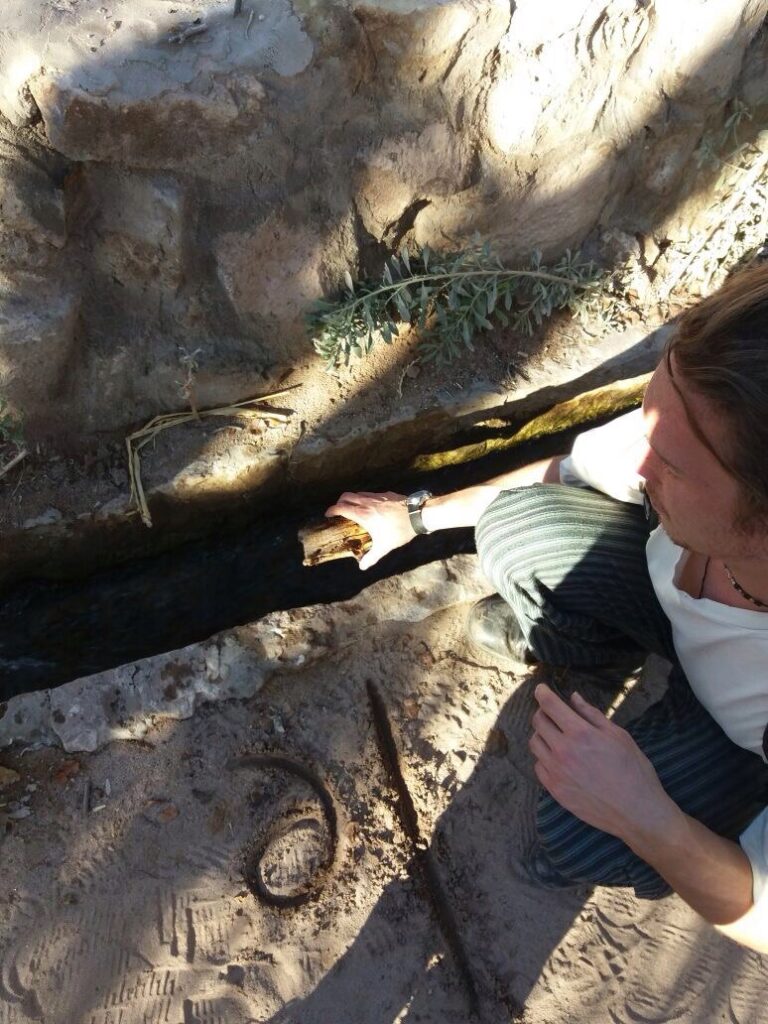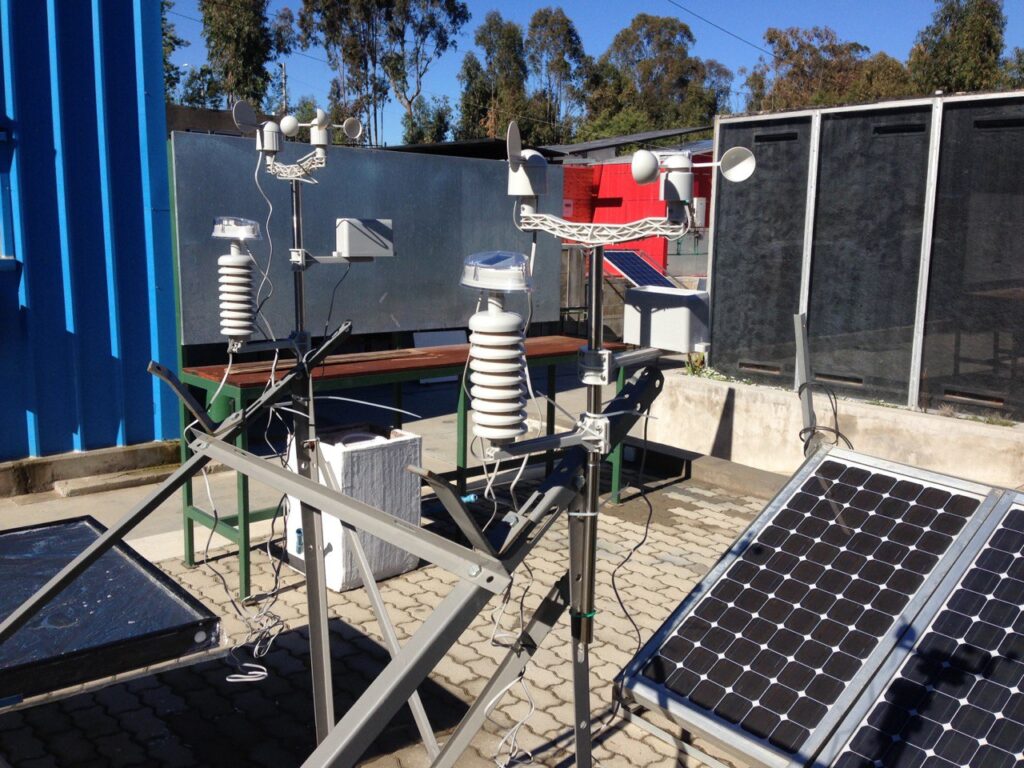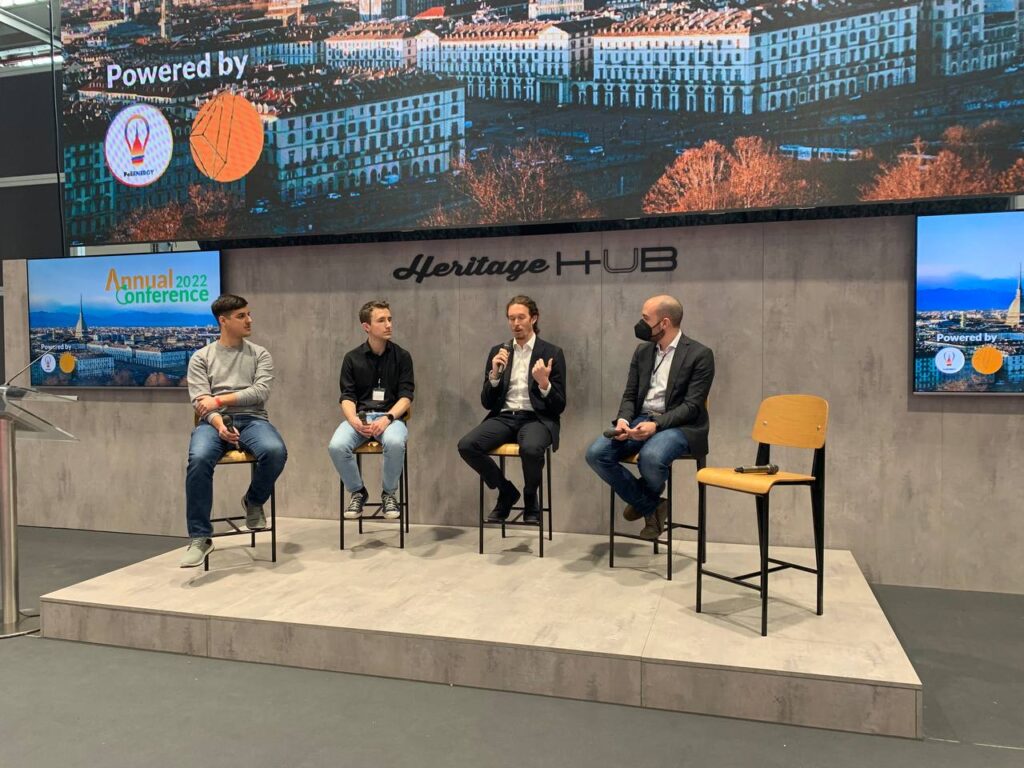We met Nicolò Stevanato, a 30 years old researcher at the Department of Energy who has recently become an assistant professor. With the research team led by Professor Emanuela Colombo, he participates in the large European programme LEAP-RE, a long-term partnership between the European Union and the African Union for research and innovation in renewable energies. We will follow him between South America and Sub-Saharan Africa to talk with him about current projects: from planning models to the energy transition we are experiencing.

Good morning, Nicolò, let’s start from your career at Politecnico di Milano.
I’ve been studying at Politecnico since my three-year degree in energy engineering. During my Master of Science programme, I went to Valparaiso, Chile, with the Erasmus programme, and there is where I first thought I could pursue an academic career here.
At that time, I was becoming ever more interested in putting my knowledge as an engineer at the service of human development. So, with a colleague of mine, I enquired about who was dealing with these issues within Politecnico and I came to know Professor Colombo, who was in charge of technology and development.
To convince that the idea I had for my Master of Science thesis was a good one, we went to a small village in the north of Chile, where we collected a lot of data in cooperation with the local University. And in the end, I was accepted as a thesis student.
What was your thesis about?
It was on the energy access issue. It may sound unbelievable, but almost one billion people today live without electricity in their homes and therefore have no access to the most basic services, such as the possibility to study after sunset, to access basic health services or carry out simple business activities.
I performed a computer reconstruction work on energy systems, which are of different sizes around the world. My research focused on the smallest systems, those of very isolated rural populations, technically known as mini grids. Imagine how complex it is to size an energy system to meet the energy needs of a community that has never had electricity before. In these cases, carrying the high voltage cables of the national grid is often not feasible, and thus the need to create a smaller energy system on site arises.
What we study in these systems is their sizing, cost optimisation and waste reduction potential. We have to understand the impact of the economic and social development of technology on a particular population.
We can say that you put yourself at their service…
Yes, because our goal is to understand what a certain population needs, and not to impose what we believe they need.




How did your idea of applying for a PhD come about?
While I was preparing my thesis, I often thought about how important and challenging the topic I was tackling was. Moreover, I really enjoyed the University environment. So, when the possibility of the PhD was brought to my attention, I didn’t need to think too much about it.
Needless to say, I still like the environment of Politecnico di Milano very much: last October I finished and now, having won the call for selection, I have officially started my academic career as an untenured researcher with a permanent contract. I think this is the right place to develop my career.
At that point, the scope of your research has expanded…
My day-to-day task is still to improve models and devise energy planning solutions. Today, I continue to carry on the work on energy in isolated places, but I have also started to deal with larger realities on both a national and an international scale, with the same tools. The areas are Sub-Saharan Africa and South America, most notably Bolivia, Colombia and Chile.
My passion, I admit, still remains studying the local level, the one I started from.
What are you passionate about in your research work?
I have had the opportunity to tour many countries in Africa as I am involved in projects with the European Union and the African Union. Getting to know local researchers is crucial, because this is the only way to get to know ‘the other side of the project’, so to speak.
One of the key elements in our work is collaboration. In our collaborations, we are all at the same level. In South America, for example, we work with governments and try to understand how to adapt systems to the local context.

Can you tell us more about the models you develop?
It is a representation of the behaviour of all the components of an energy system.
To describe it concretely, local systems are usually made up of photovoltaic panels, batteries and backup diesel generators.
The aim of our model is, in the first phase, to represent the behaviour of these elements in order to be able to calculate their optimal utilisation and dimensioning, so as to optimise their size and cost. We assess resources based on the location: sun, wind, etc.
In the second phase we analyse and understand the energy needs: how much energy they need, and how much they need it.
The ultimate step is to achieve optimal balance between the energy required and the amount of energy we can deliver.
And at the national level?
On such a large scale, we already know the electrical demand. So, what we study is how to improve energy production: level of emissions, diversification of the energy mix, ensuring access to energy for currently excluded people, increasing renewable sources; all this according to the number of people to whom we have to bring energy, either through the national system or through local systems.
It is always a balancing of needs and production. The energy we are using right now, in general, was produced just a short while ago. At the national level there is very little storage. Yet energy storage will be one of the most important tools for the energy transition, we will need to store ever greater amounts of energy, between batteries and hydropower.
Has the energy modelling gained importance?
It is certainly a frontier research topic at the European and North American level. More and more people are relying on these tools. We also teach these methodologies in the classroom, because companies increasingly demand these kinds of skills.






How would you define your work?
We are always in between the ultra-technical and the social. The engineering side of what we do remains, and it lies in characterising energy behaviour.
We do a lot of work on capacity building on site. We often go to Africa to do training and develop local strategies with their models. In October, for example, we will be in Kigali for an inter-university partnership. We do not go there to impose our strategies.
Proof of this is the fact that these models are completely open source, so that everyone can use them, modify them, rework them freely. Our group has proudly adhered to the open-source philosophy since years.
What are your next projects?
Tomorrow [27 July, ed.] I’m leave for Mozambique. We received a request for support from an Italian NGO that suspected problems with battery management. They asked us to go there to find out whether the problem actually exists or not and to identify the most suitable solutions to solve it. We have been studying the data of the last year and a half from here, and tomorrow we’re going there to check the characteristics of the system on site.
Energy transition is a topical issue today. How do you cope with the energy needs for growth in developing countries?
In international cooperation they usually distinguish between primary human rights, such as water, food, medical care, education, and instrumental human rights.
Energy is precisely an instrumental human good as it enables attaining primary human goods, improving one’s education, hygiene and health.
The energy transition must be designed for the people, and it cannot take its toll on the weakest ones, neither in western nor in developing countries. Combating climate change cannot be a burden on the poorest populations. A decent standard of living must be ensured to the entire world population.
Therefore, it is impossible to talk about energy transition without addressing energy access. They have to be considered as sides of the same coin. And the engineer’s job is just to deal with this.

It is important for you to network and create contacts with regulators and policy implementers?
We do not only do basic research: our research seeks to shape policies, to write papers for regulators.
For this, collaboration between academia, government, private individuals and civil society is crucial. It is like a propeller made up of four balanced components that are equally involved in the transmission of energy.
We have many contacts with institutions. One of our PhD students, for example, works in the United Nations Development Programme (UNDP).
Cooperation is another keyword for you.
Yes, and indeed, we have a programme in ‘Engineering for Cooperation and Development’. We aim to educate and train analysts on both the large scale and the small local scale.
We have just hired a lady with a PhD in International Relations because we want to open up more and more to the geopolitics of energy. It is an innovative viewpoint to broaden the vision on the issues we deal with, going beyond the ‘realm of engineers’.
And yours is the UNESCO Chair in Energy for Sustainable Development. What does it mean?
It means that UNESCO supports what we do because the research topics fall within its remit. It is a great honour, because obtaining this award is the result of an extremely competitive path.
Besides you, who is in your team? What other issues do you deal with?
Our working group consists of more than fifteen people. The issues we deal with, in addition to those I have already told you about, are those of energy access, supply chain sustainability, long-term energy planning with national players, technology and the ‘behaviour’ of energy.
We study all this using numerical methodologies, as we’re engineers.

It must be very rewarding
Yes, it’s true, I feel particularly useful.
Five years ago, colleagues were wondering what we were doing. Today it is something topical, on everyone’s lips. The number of papers published on energy modelling has grown exponentially. And we are happy to be fully part of this open-source movement.
What do you see as the challenge of the future?
It is ensuring that the future the European Union is focusing on with its energy transition policies is for everyone and not just for Europeans and westerners in general.
After all, the motto of the SDGs (the Sustainable Development Goals defined by the UN), the compass of our activities, is ‘Leave no one behind’.
